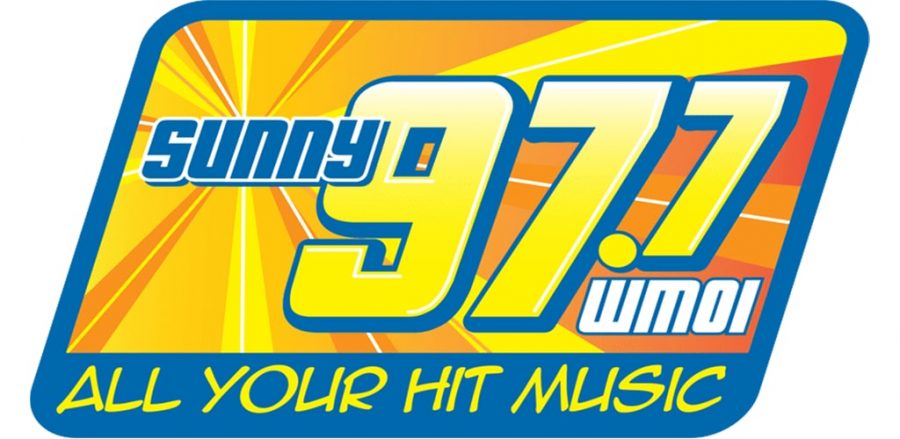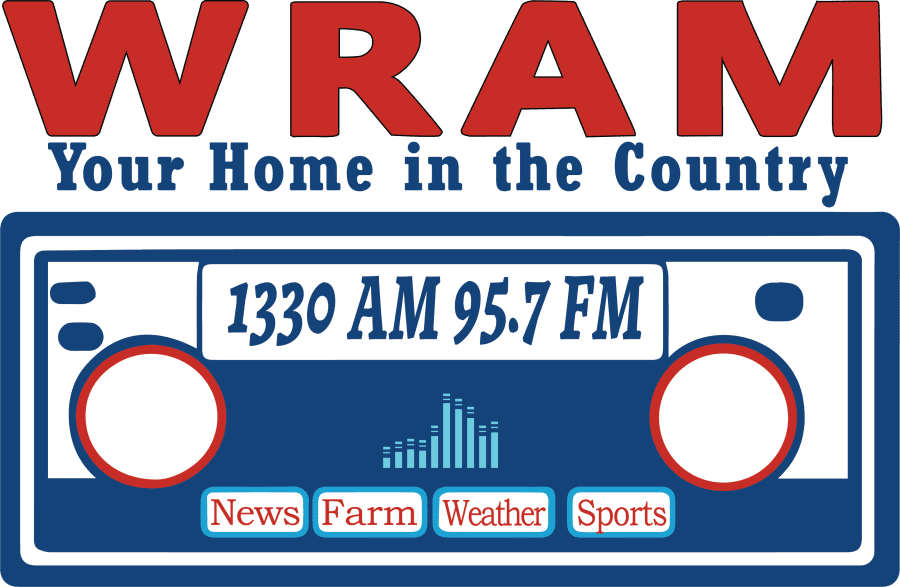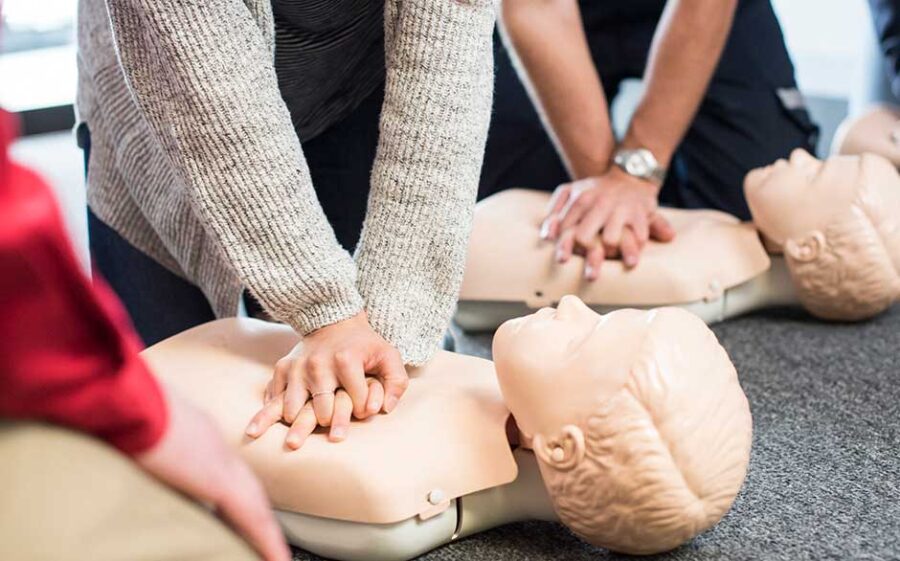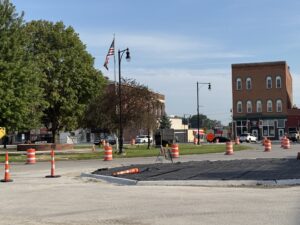Minutes and even seconds matter when it comes to experiencing a cardiac event. American Heart Association Development Director Kaitlin McVey shares the importance of learning hands-only CPR:
“We have been working with local organizations to do a Cardiac Emergency Response Plan. So, if something does happen to someone, where is the nearest AED? How many minutes does it take if someone is in a school and they have to run to the nearest AED? Where is that AED located? Then also, what happens when someone does have a cardiac emergency, besides calling 911, what do you do? Hands-only CPR. We are trying to get everyone, before they graduate; we want everyone to know hands-only CPR and by 2028, we want to grow somebody’s life span by two years because we want everyone to know hands-only CPR.”
According to the American Heart Association, performing CPR can double or triple a cardiac arrest victim’s chance of survival.








